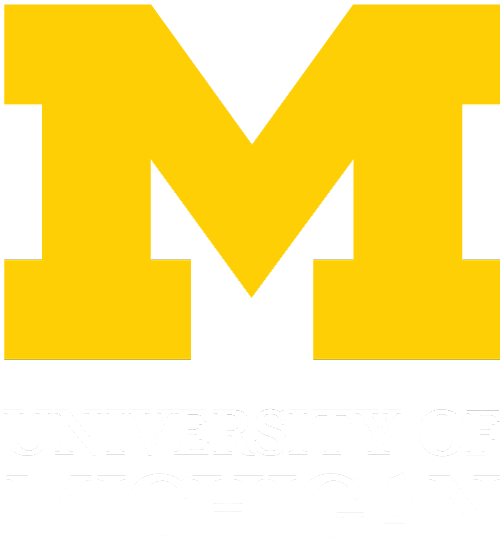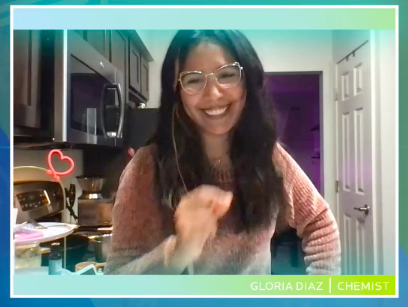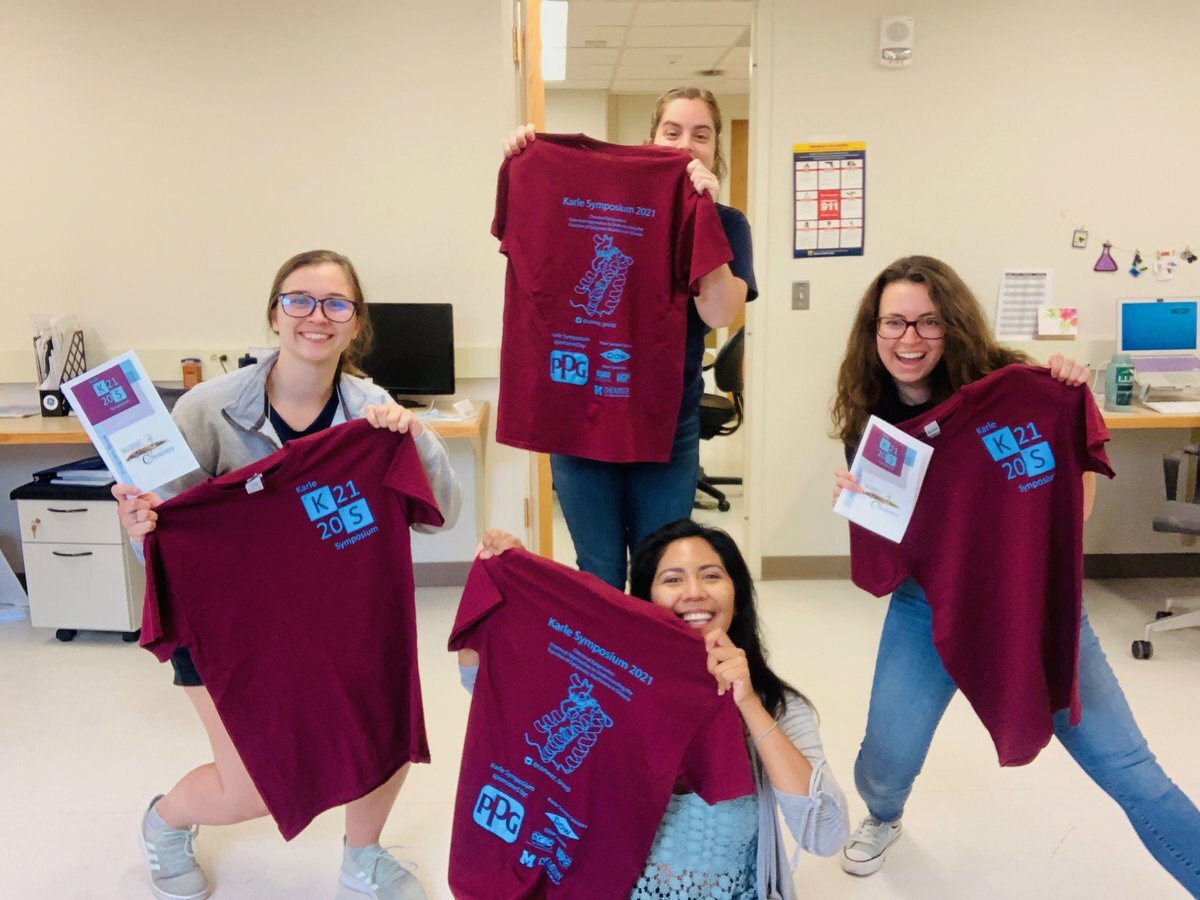Science communication and outreach are vital for welcoming the next generation of scientists. In early February, our 5th-year graduate student, Gloria Diaz, expanded her science outreach platform by appearing on the “Today I Learned” twitch stream. “Today I Learned” is a weekly show affiliated with CBS’s “Mission Unstoppable”, on which Miranda Cosgrove profiles females in STEM. In Gloria’s “Today I Learned” segment, she talked about her research using microfluidic devices, discussed how she has grown as a researcher, and highlighted how she has worked to overcome challenges as a graduate student. Her at-home science demonstrations were very appropriately Valentines’ Day themed! Gloria walked the show’s host and the online viewers through making gelatin bioplastic hearts and borax crystal XO’s. The rest of us in the Bailey Lab were thrilled to watch Gloria’s debut and loved to see how she expanded the field of microfluidic research to a general audience!
Watch the recording of Gloria’s “Today I Learned” segment here!













